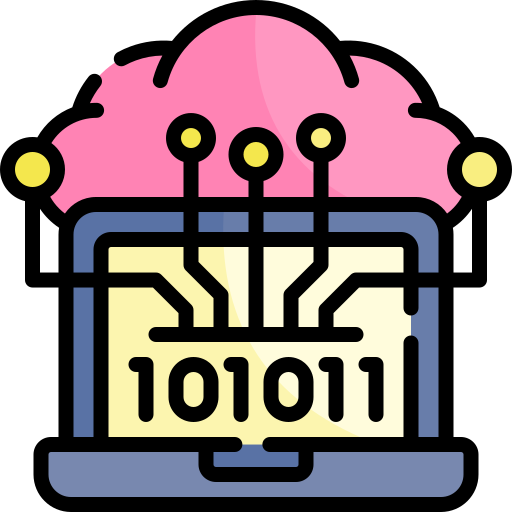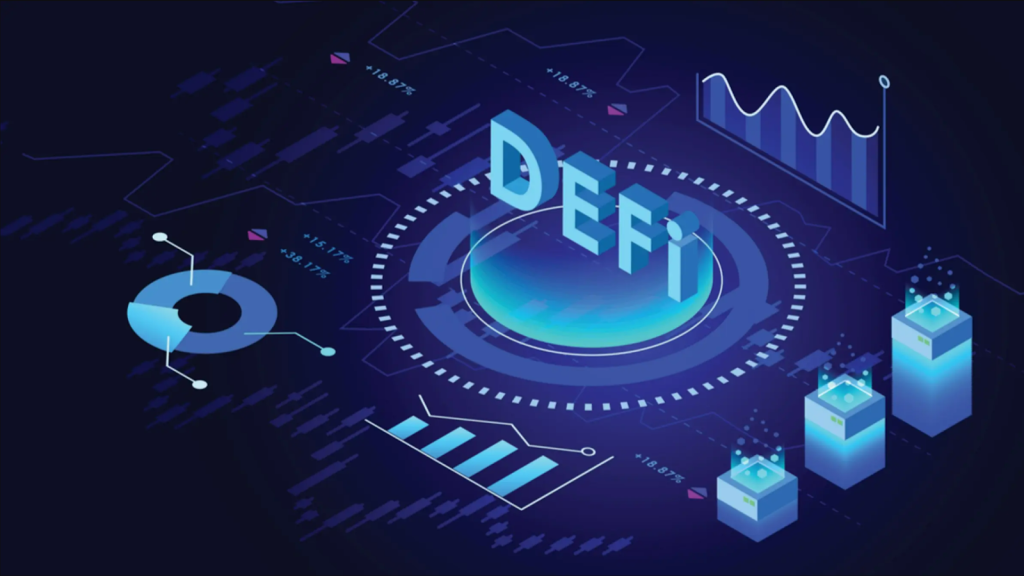With Decentralized Finance (DeFi) operations the financial industry transforms because it eliminates financial intermediaries including banks together with brokers and traditional institutions. Blockchains and smart contracts establish peer-to-peer financial services through DeFi which enables open and transparent access to all users who hold an internet connection. The new financial system is transforming the worldwide practices of credit, lending and monetary trading and funding.
This guide explains what DeFi represents along with its operational mechanisms and its dual advantages and disadvantages before discussing its impact on modern banking systems.
What is Decentralized Finance (DeFi)?
A wide variety of blockchain-based financial products known as DeFi operates primarily through the Ethereum network. The DeFi system runs without top-down control and implements smart contracts that use predefined rules that exist on the blockchain network. Users participate in financial operations consisting of loans and borrowing together with trading activities and earning profits while doing away with traditional banking institutions and third parties.
How DeFi Works
The DeFi platform’s operation depends on smart contracts which perform automatic transactions once their predefined conditions become satisfied. A description of crucial elements powering the DeFi environment looks like this:
1. Decentralized Exchanges (DEXs)
Users can perform cryptocurrency trades through platforms that include Uniswap and SushiSwap with PancakeSwap offering similar functionality.
AMMs function as automated trading systems that substitute normal order books through liquidity pools.
2. Lending and Borrowing Platforms
Aave along with Compound and MakerDAO combine to enable users to generate interest through asset lending while obtaining loans that require collateral.
Through smart contracts lenders gain complete transparency as well as the elimination of traditional credit checks for borrowing purposes.
3. Stablecoins
The DeFi ecosystem supports reduced volatility with the use of stable digital assets which are tied to the US dollar through examples like USDT, USDC, DAI.
4. Yield Farming & Staking
All DeFi protocol participants obtain rewards through native token distribution by providing their assets to stake or liquidity pools.
The process of yield farming requires users to actively shift their assets across different DeFi networks for optimized earnings.
5. Derivatives & Synthetic Assets
Synthetix permits users to build and exchange synthetic versions of real-world assets starting from stocks to commodities through fiat currencies.
6. Insurance & Risk Management
Through the insurance services of Nexus Mutual users can protect themselves against failures in smart contracts and hacks which decreases their risk exposure.
Benefits of DeFi
- The internet’s presence grants universal accessibility to DeFi service use because it removes the requirements of traditional banking institutions.
- The blockchain public record system displays transactions and smart contracts for full transparency and fraud reduction purposes.
- Lowering operating expenses becomes possible through DeFi because the system removes traditional third-party financial middlemen.
- Users hold complete autonomy regarding their funds since they need not depend on banks or financial institutions to manage their assets.
- DeFi systems provide users with global access to deliver financial services as well as execute cross-border transactions with unrestricted geographical reach.
Risks and Challenges of DeFi
- Smart contracts undergo frequent attacks due to security flaws that emerge during development due to bugs in their programming code.
- The development of regulatory policies by governments and regulators regarding DeFi continues affecting its potential adoption rate.
- Regarding market fluctuation crypto prices frequently change dramatically because this affects both collateralized loans and liquidity pools.
- The transparent nature of DeFi lets bad actors establish unlawful projects to defraud participants.
- DeFi users need to be cautious because the system lacks the ability to reverse transactions which can result in high-cost errors.
The Future of DeFi
Blockchain technology development projects predictive of DeFi expansion that will merge with conventional financial systems through different integration methods.
- Defi systems can achieve safer operations through enhanced monitoring and better protection of smart contracts.
- Legislative agencies will probably develop guidelines which enable users to adopt DeFi securely.
- Layer 2 solutions together with new blockchain networks will boost transaction speed while gradually lowering associated fees.
- Traditional finance institutions will merge DeFi solutions into their operations to provide additional services.
Conclusion
Decentralized Finance (DeFi) is modifying the financial industry through its creation of open financial systems without borders which serve as transparent alternatives to traditional banking services. DeFi delivers three advantages to users by reducing expenses in addition to providing self-governance and worldwide services but demands users exercise careful caution against its operational risks. The developing DeFi ecosystem shows promise to transform finance by creating a better financial system that provides open access for people globally.










